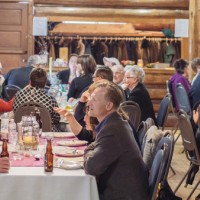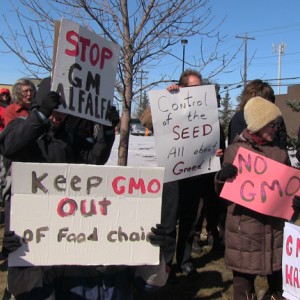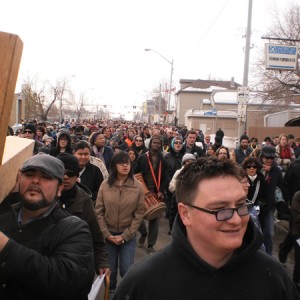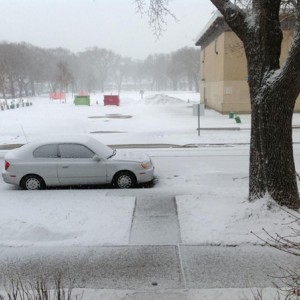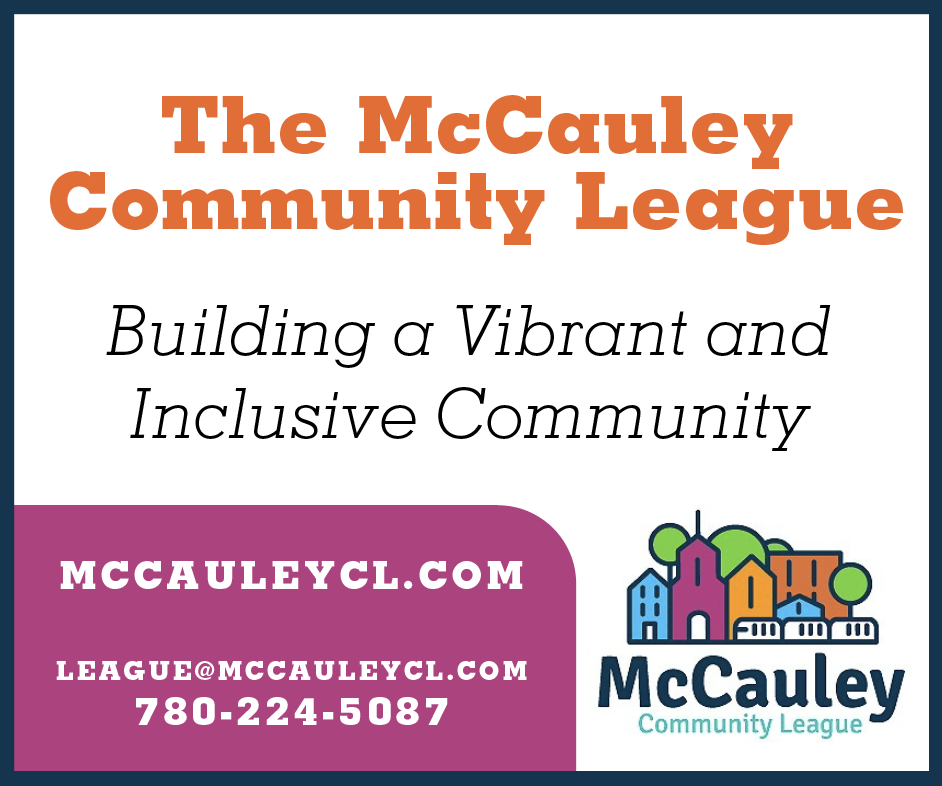Local Food Meets Local Tradition
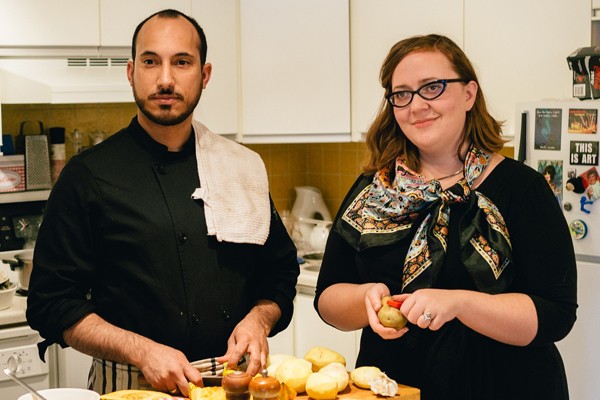
Imagine you could step back in time and host a massive dinner party showcasing the best that Alberta has to offer. Where would you host your dinner? How would you decorate? And, most importantly, what would you serve?
In March, my family and I, along with Chef Annand Ollivierre, set out to find answers by hosting the first 10 Mile Meal at the Glen Park Hall near Calmar. The event was the first in a series that will celebrate the culinary and cultural traditions of farming communities in the greater Edmonton region.
In planning our meals, we challenge ourselves to source at least 75% of the ingredients from within 10 miles of where our event is held and the other 25% from regional sources. This year, the 10 Mile Meal will explore the German culinary traditions of the Thorsby-Calmar corridor. At our first meal Chef Annand drew inspiration from Hannah’s Heritage, a collection of old-world recipes collected by culinary historian Irma Schmidt. Annand played with the local ingredients on hand producing tasty twists like shockingly purple pickled beet stuffed eggs and pink whipped highbush cranberry butter.
Our launch party brought farmers and local food supporters around communal tables to share a meal together. Yet in many rural centres across the province, farmer’s markets disappeared years ago. Unless it is grown in a back yard, food on rural Alberta dinner tables is more likely to come from Costco than a co-op.
Farmers committed to local food, truck their goods to market in the cities because the local, smaller grocery stores and butchers prefer the cheaper, mass-produced goods they can sell for a higher markup. In fact, the butcher shop in Thorsby that processed the beautiful local lamb we ate at our 10 Mile Meal only sells lamb from New Zealand.
So, unless you have the number to my supplier, you can’t buy lamb from the same farmer we used for our meal. The same is true with the organic beets and spiced apple cider we used.
My hope is that the 10 Mile Meal can keep these traditions alive and help bridge the gap between small-town producers and big-city consumers.
Over time, we hope we can create more access and exposure to the ingredients and diverse histories of the food-producing communities that surround Edmonton.
Carol lives in Boyle Street.

